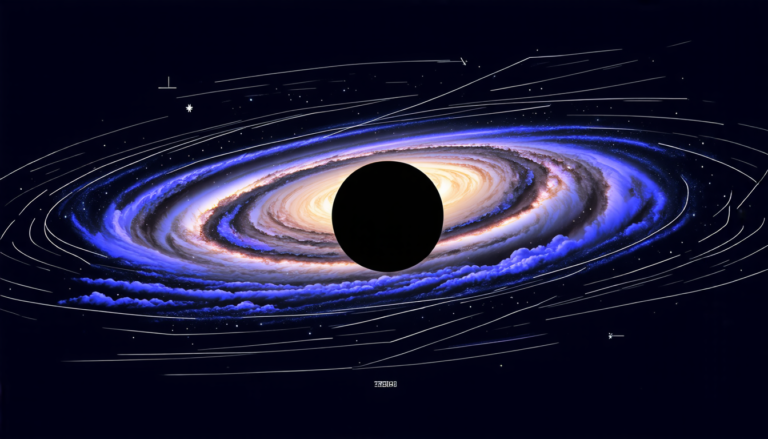Sunday 07 September 2025
Scientists have made a significant breakthrough in detecting trace amounts of radioactive impurities in sapphire, a material used in various applications including radiation detectors and optical fibers. This discovery has important implications for researchers working on rare event searches, such as dark matter detection.
Sapphire is an attractive material due to its low atomic mass, which makes it ideal for detecting low-energy recoils from dark matter or coherent neutrino nucleus scattering. However, the presence of radioactive impurities can compromise the sensitivity and accuracy of these detectors. To address this issue, researchers have developed a new analytical technique that combines gamma-gamma coincidence counting with neutron activation analysis (NAA).
The team used a sample of Saint Gobain sapphire to test their method. They found that the sample contained concentrations of 232Th and 238U below 0.26 ppt and 2.3 ppt, respectively. These results are significant because they provide the most stringent constraints on the radiopurity of sapphire to date.
The researchers’ approach involved exposing the sapphire sample to a neutron beam, which caused the radioactive impurities to undergo nuclear reactions that emitted gamma rays. The team then used a gamma-gamma coincidence spectrometer to detect these gamma rays and identify the specific isotopes present in the sample.
One of the key advantages of this technique is its ability to detect extremely low levels of radioactive impurities. This is because NAA can selectively target specific isotopes, whereas traditional methods often require large amounts of material to be analyzed.
The implications of this research are far-reaching. For example, researchers working on rare event searches may use sapphire as a detector material in the future. In these applications, it is essential to minimize background noise and ensure that the detector is free from radioactive impurities.
In addition, this technique has potential applications beyond dark matter detection. It could be used to analyze other materials for radioactive contamination, which is an important consideration in fields such as nuclear medicine and environmental monitoring.
Overall, this study demonstrates the power of innovative analytical techniques in advancing our understanding of the properties of materials. By developing new methods that can detect extremely low levels of radioactive impurities, researchers can improve the sensitivity and accuracy of their experiments, ultimately leading to breakthroughs in our understanding of the universe.
Cite this article: “Detecting Radioactive Impurities in Sapphire for Rare Event Searches and Beyond”, The Science Archive, 2025.
Radioactive Impurities, Sapphire, Dark Matter Detection, Neutron Activation Analysis, Gamma-Gamma Coincidence Counting, Rare Event Searches, Radiation Detectors, Optical Fibers, Nuclear Reactions, Gamma Rays







